Home>Garden Essentials>How To Remove Lectins From Chia Seeds
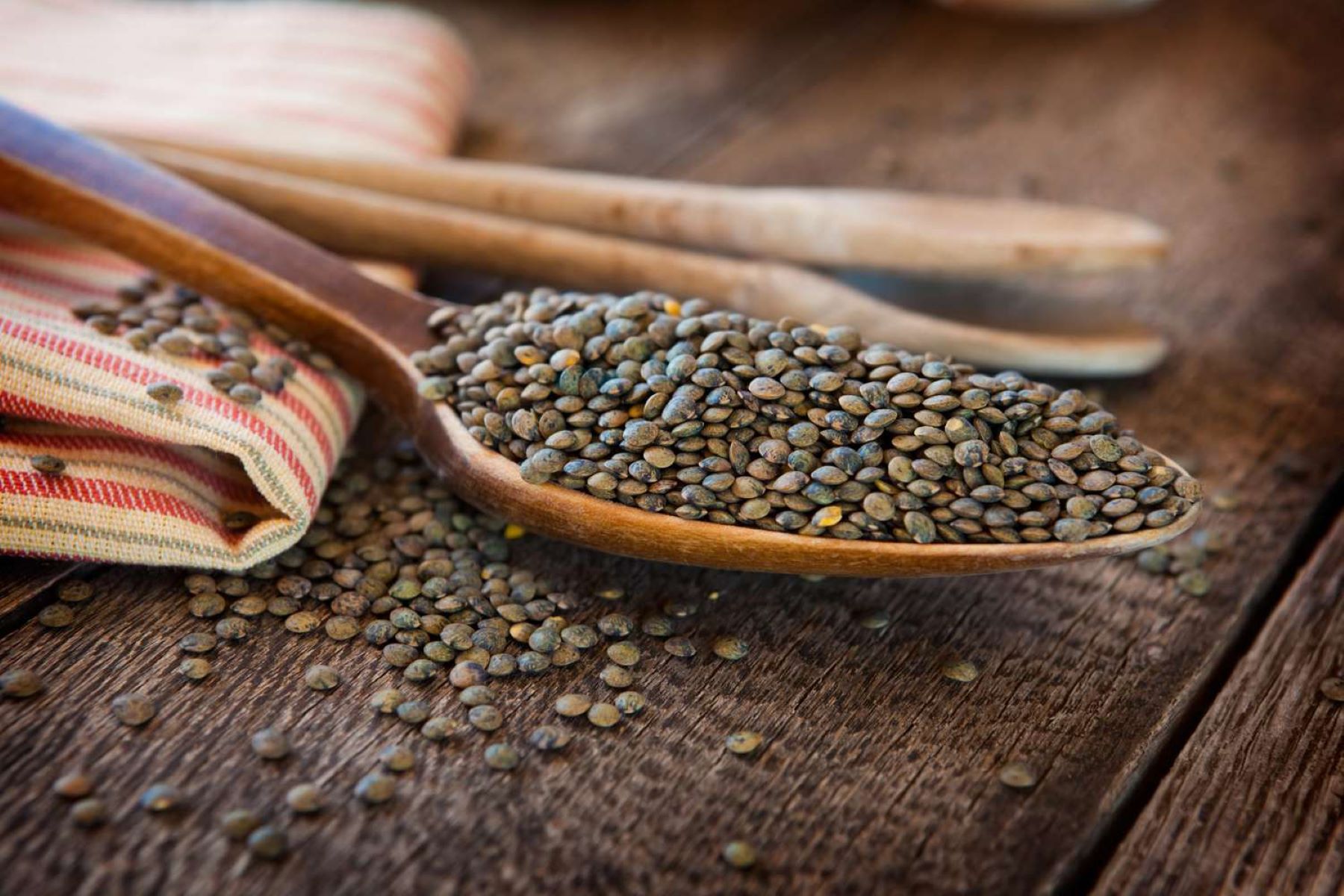

Garden Essentials
How To Remove Lectins From Chia Seeds
Modified: March 24, 2024
Learn how to remove lectins from chia seeds in your garden and enjoy a healthier and safer harvest.
(Many of the links in this article redirect to a specific reviewed product. Your purchase of these products through affiliate links helps to generate commission for Storables.com, at no extra cost. Learn more)
Introduction
Welcome to our comprehensive guide on how to remove lectins from chia seeds. Chia seeds have gained popularity over the years due to their numerous nutritional benefits. Rich in fiber, protein, and omega-3 fatty acids, chia seeds are a versatile and healthy addition to any diet.
However, chia seeds, like many other plant-based foods, contain lectins. Lectins are a type of protein that can bind to cell membranes in the body, potentially causing digestive issues and promoting inflammation. While lectins are naturally occurring compounds in many plants, some people may be more sensitive to their effects.
In this article, we will explore different methods to reduce the lectin content in chia seeds, making them more easily digestible and safe for consumption. Whether you have a lectin sensitivity, digestive issues, or simply want to maximize the nutritional benefits of chia seeds, these methods will help you enjoy chia seeds without the potential health risks.
We will delve into the soaking, sprouting, fermenting, and cooking techniques that can effectively reduce lectin levels in chia seeds. Each method offers unique benefits and allows you to customize your preparation process according to your needs and preferences.
So, if you’re ready to learn how to make chia seeds a safe and enjoyable part of your diet, keep reading to discover the various ways to remove lectins from chia seeds.
Key Takeaways:
- Soaking, sprouting, fermenting, and cooking chia seeds can reduce lectin levels, making them easier to digest and safer for consumption. Experiment with these methods to enjoy the nutritional benefits of chia seeds without potential health risks.
- Chia seeds, rich in fiber and omega-3 fatty acids, can be made more digestible by soaking in water, sprouting, fermenting, or cooking. These methods help minimize lectin-related health risks and enhance the nutritional value of chia seeds.
Read more: What Plant Are Chia Seeds From
What are lectins?
Lectins are a type of protein that are found in a variety of plant foods, including legumes, grains, and vegetables. They act as a defense mechanism for plants, helping to protect them from insects, pests, and diseases.
When consumed, lectins can bind to the lining of the digestive tract and interfere with the absorption of nutrients. Some lectins are resistant to digestion and can remain intact as they pass through the digestive system.
For certain individuals, consuming high levels of lectins may cause digestive discomfort, inflammation, and other health issues. It is important to note, however, that the impact of lectins on human health varies from person to person.
Some common types of lectins include:
- Phytohemagglutinins: Found in legumes and responsible for anti-nutrient effects such as blocking the absorption of certain minerals.
- Wheat Germ Agglutinin (WGA): Found in wheat and other grains, WGA has been associated with intestinal damage and immune system activation.
- Ricin: One of the most potent plant toxins, ricin is found in castor beans and can be lethal if ingested.
It’s important to note that not all lectins are harmful. In fact, some lectins have been found to have health benefits, such as acting as antioxidants or playing a role in immune system regulation. The key is to understand your individual tolerance and take steps to minimize any potential adverse effects.
Now that we have a basic understanding of what lectins are, let’s delve into the lectin content in chia seeds and explore methods to reduce their levels, making chia seeds safer and more digestible for consumption.
The potential health risks of consuming lectins
While lectins are naturally occurring compounds in many plant-based foods, some individuals may be more sensitive to their effects. For these individuals, consuming high levels of lectins can lead to various health risks and discomfort.
Here are some potential health risks associated with consuming lectins:
- Digestive issues: Lectins can bind to the lining of the digestive tract, potentially causing digestive issues such as bloating, gas, diarrhea, and stomach pain.
- Inflammation: Excessive lectin consumption may trigger an inflammatory response in the body. Chronic inflammation has been linked to various health conditions, including autoimmune disorders, heart disease, and certain types of cancer.
- Leaky gut syndrome: Consuming lectins in high amounts can contribute to a condition known as leaky gut syndrome. This occurs when the integrity of the intestinal barrier is compromised, allowing toxins and undigested food particles to enter the bloodstream and trigger an immune response.
- Nutrient malabsorption: Lectins can bind to nutrients in the digestive tract, blocking their absorption. This can lead to nutrient deficiencies and hinder the body’s ability to obtain essential vitamins and minerals.
- Autoimmune diseases: Some studies suggest that lectins may contribute to the development or exacerbation of autoimmune diseases. This is because lectins can trigger an immune response and potentially promote inflammation in susceptible individuals.
It’s important to note that lectin sensitivity and tolerance can vary from person to person. Some individuals may be able to consume lectin-rich foods without experiencing any adverse effects, while others may need to limit their intake or choose alternative preparation methods.
For those with lectin sensitivities or concerns about lectin consumption, it can be helpful to reduce the lectin content in certain foods, such as chia seeds. In the next section, we will explore the lectin content in chia seeds and provide methods to remove or minimize lectins for safer consumption.
Understanding lectins in chia seeds
Chia seeds, despite being incredibly nutritious, do contain lectins. Understanding the lectin content in chia seeds is crucial for those who want to minimize their consumption or make them safer for digestive-sensitive individuals.
Chia seeds contain a type of lectin called “concanavalin A” (Con A). This lectin is also found in foods like beans and lentils and has been shown to exhibit various biological activities. It can bind to carbohydrates on the surface of cells and potentially disrupt normal cellular function.
While the lectin content in chia seeds is relatively low compared to other foods, some individuals with lectin sensitivities may still experience digestive issues or inflammation when consuming them in large amounts.
It’s important to note that the lectin content in chia seeds can vary depending on factors such as the source of the seeds, agricultural practices, and processing methods. Therefore, it may be beneficial to choose high-quality, organic chia seeds to minimize lectin levels.
To reduce the lectin content in chia seeds and make them safer for consumption, various methods can be employed. These methods include soaking, sprouting, fermenting, and cooking, which we will explore in the following sections.
Now that we have a basic understanding of lectins in chia seeds, let’s move on to the different techniques you can use to remove or minimize lectins, allowing you to enjoy the benefits of chia seeds while minimizing potential lectin-related health risks.
Methods to remove lectins from chia seeds
To remove or minimize lectins in chia seeds, there are several methods you can use. These techniques alter the composition of chia seeds, reducing lectin levels and making them safer for consumption. Let’s explore these methods in more detail:
- Soaking: Soaking chia seeds in water is a simple and effective method to reduce lectin content. Place the chia seeds in a bowl and cover them with water. Let them soak for at least 2-4 hours or overnight. The water will help remove some of the lectins, making the seeds easier to digest.
- Sprouting: Sprouting involves allowing chia seeds to germinate, which activates enzymes that break down lectins. Start by rinsing the seeds thoroughly and then placing them in a sprouting tray or a jar with a mesh lid. Rinse the seeds with fresh water and drain them several times a day. Within a few days, you will notice sprouts emerging, indicating reduced lectin levels.
- Fermenting: Fermenting chia seeds can significantly reduce lectin content and enhance their digestibility. To ferment chia seeds, mix them with water and a small amount of a fermented liquid or a probiotic-rich substance, such as apple cider vinegar or kombucha. Allow the mixture to ferment for 24-48 hours, stirring occasionally. This process breaks down lectins and increases beneficial gut-friendly bacteria.
- Cooking methods: Cooking chia seeds can also help in reducing lectins. By subjecting chia seeds to heat, lectins can be partially broken down. You can try cooking chia seeds in dishes such as soups, stews, or porridge. Heating them at high temperatures for an extended period may further reduce lectin levels.
It’s important to note that these techniques may not completely eliminate all lectins from chia seeds, but they can greatly reduce their levels. Additionally, the texture, taste, and nutrient content of chia seeds may be altered through these processes, so it’s advisable to experiment and find the method that best suits your preferences.
By employing these methods, you can make chia seeds more digestible and minimize the potential health risks associated with lectin consumption, allowing you to fully reap their nutritional benefits.
Now that you have learned about the different techniques to remove lectins from chia seeds, let’s dive into each method in more detail and explore the steps involved in each process.
Soaking chia seeds in water for at least 30 minutes can help remove some of the lectins. Rinse them thoroughly before consuming or using in recipes.
Read more: Where Did Chia Seeds Come From
Soaking chia seeds to reduce lectin content
Soaking chia seeds is a simple and effective method to reduce lectin content and make them easier on the digestive system. This method helps to break down the lectins, making the seeds more tolerable for individuals with lectin sensitivities. Here’s how you can soak chia seeds:
- Measure the desired amount: Start by measuring the amount of chia seeds you want to soak. Keep in mind that chia seeds will expand when soaked, so it’s best to start with a smaller amount.
- Place chia seeds in a bowl: Transfer the measured chia seeds into a bowl or container that is large enough to accommodate the seeds and allow room for expansion.
- Add water: Pour enough water into the bowl to cover the chia seeds. The general guideline is to use a ratio of 1:4 (chia seeds to water), but you can adjust it based on your preference. Ensure that the seeds are fully submerged in water.
- Mix well: Stir or whisk the chia seeds in the water to ensure they are evenly distributed. This helps in preventing clumps and ensures that all seeds are exposed to the water, promoting even soaking.
- Allow soaking time: Let the chia seeds soak for a minimum of 2-4 hours or overnight. During this time, the chia seeds will absorb water, soften, and begin to break down some of the lectins.
- Stir occasionally: While the chia seeds are soaking, it’s a good idea to stir them occasionally. This helps prevent clumping and ensures even hydration and lectin reduction.
- Drain and rinse: After the soaking period is complete, strain the chia seeds to remove any excess water. Rinse the seeds with fresh water to wash away any remaining lectins or debris.
Soaked chia seeds can be consumed as is or used in various recipes, such as smoothies, puddings, or baked goods. By following these steps to soak chia seeds, you can increase their digestibility and minimize the potential adverse effects of lectins.
Remember, soaking chia seeds is just one method to reduce lectin content. If you prefer to explore other techniques, keep reading as we delve into sprouting, fermenting, and cooking methods to remove lectins from chia seeds.
Sprouting chia seeds to eliminate lectins
Sprouting chia seeds is another effective method to eliminate lectins and increase their digestibility. Sprouting involves allowing chia seeds to germinate, activating enzymes that help break down lectins. Here is a step-by-step guide on how to sprout chia seeds:
- Rinse the seeds: Start by thoroughly rinsing the chia seeds under cool running water. This removes any dirt or debris that may be present.
- Soak the seeds: Transfer the rinsed chia seeds to a sprouting tray or a jar with a mesh lid. Add enough water to submerge the seeds completely.
- Allow for soaking time: Let the chia seeds soak for about 8-10 hours. This soaking period helps to soften the seeds and initiate the sprouting process.
- Drain the water: After the soaking period, drain the water from the sprouting tray or jar. Ensure that all excess water is removed to prevent the seeds from becoming waterlogged.
- Rinse and drain: Rinse the chia seeds with fresh water, then drain the water completely. Repeat this rinsing and draining process two to three times a day to keep the seeds moist and promote sprouting.
- Observe sprouting: Keep an eye on the chia seeds as they sprout. You should begin to see tiny sprouts emerging within a couple of days. Continue rinsing and draining until the sprouts reach the desired length.
- Store sprouted chia seeds: Once the chia seeds have sprouted, you can store them in a container in the refrigerator. Make sure to use them within a few days to maintain freshness.
Sprouted chia seeds can be consumed as a nutritious addition to salads, smoothies, or baked goods. The sprouting process helps to eliminate lectins and enhances the digestibility of chia seeds, making them more suitable for individuals with lectin sensitivities.
Keep in mind that sprouting chia seeds may alter their texture and taste. Experiment with different sprouting times to find the level of sprouting that suits your preferences.
Now that you know how to sprout chia seeds let’s move on to the next method of removing lectins, which is fermenting.
Fermenting chia seeds to remove lectins
Fermenting chia seeds is a unique method that not only helps remove lectins but also enhances their nutritional value and digestibility. Fermentation involves the use of beneficial bacteria or yeasts to break down carbohydrates and proteins, including lectins. Here’s a step-by-step process on how to ferment chia seeds:
- Measure the desired amount: Start by measuring the amount of chia seeds you want to ferment. Consider using a smaller amount initially until you become familiar with the process.
- Place chia seeds in a jar: Transfer the measured chia seeds into a clean glass jar or container with a tight-fitting lid.
- Add a fermenting agent: Add a tablespoon of a fermented liquid or a probiotic-rich substance to the jar. Apple cider vinegar, kombucha, or whey can serve as suitable fermenting agents.
- Add water: Pour enough water into the jar to cover the chia seeds and create a liquid environment for fermentation. The ratio of chia seeds to water can be adjusted according to your preference, but aim for a thick, pudding-like consistency.
- Mix well: Stir the mixture thoroughly to ensure the fermenting agent and water are evenly distributed among the chia seeds.
- Cover and let ferment: Place the lid on the jar and let the mixture ferment at room temperature for 24 to 48 hours. During this time, the beneficial bacteria or yeasts will break down the lectins and start the fermentation process.
- Stir occasionally (optional): You have the option to stir the mixture occasionally during the fermentation period. This promotes even fermentation and helps distribute the beneficial bacteria and yeasts.
- Check for desired consistency: After the fermentation period, check the consistency of the chia seed mixture. It should have a slightly thick and tangy pudding-like texture.
- Store fermented chia seeds: Transfer the fermented chia seeds to a sealed container and store them in the refrigerator. They can be kept for several days, but it’s best to consume them within a week for optimal freshness.
Fermented chia seeds can be enjoyed on their own or added to smoothies, yogurt, or baked goods for a probiotic-rich and lectin-reduced boost. The fermentation process not only eliminates lectins but also enhances the nutritional profile of the chia seeds and promotes better digestion.
Experiment with different fermenting agents and fermentation times to find the flavor and texture that you prefer. Now that you know how to ferment chia seeds, we’ll move on to the final method of reducing lectins in chia seeds, which is cooking.
Cooking methods to reduce lectin levels in chia seeds
Cooking chia seeds is another effective way to reduce lectin levels and enhance their digestibility. The application of heat helps break down lectins and makes chia seeds more tolerable for individuals with lectin sensitivities. Here are some cooking methods that you can use:
- Boiling: Boiling chia seeds in water or other liquids can help reduce lectins. Simply add the desired amount of chia seeds to a pot with water or your preferred liquid, such as vegetable broth or milk, and bring it to a boil. Reduce the heat and simmer for about 15-20 minutes until the chia seeds soften and absorb the liquid.
- Roasting: Roasting chia seeds in the oven can also help reduce lectin content. Spread the chia seeds on a baking sheet and bake them at a low temperature, around 275°F (135°C), for about 15-20 minutes until they become crispy. Roasting can enhance the flavor and texture of the chia seeds, making them a delicious and nutritious snack.
- Pressure cooking: Using a pressure cooker to cook chia seeds can effectively reduce lectin levels. Place the chia seeds in the pressure cooker with water or another liquid, then follow the manufacturer’s instructions for cooking time and pressure levels. Pressure cooking can significantly break down lectins and make chia seeds more easily digestible.
- Incorporating into dishes: Another way to reduce lectin levels is by incorporating chia seeds into dishes that require cooking, such as soups, stews, or casseroles. Adding chia seeds to these dishes and cooking them at higher temperatures for a longer duration can help break down lectins and make the seeds more digestible.
When using cooking methods to reduce lectin levels in chia seeds, it’s important to note that the texture and taste may change slightly. Experiment with different cooking times, temperatures, and recipes to find the best cooking method that suits your preferences.
Remember to adjust the amount of liquid used in cooking to achieve the desired consistency, as chia seeds tend to absorb a significant amount of liquid during the cooking process.
By utilizing cooking methods, you can significantly reduce lectin levels in chia seeds, enhancing their digestibility and minimizing potential health risks associated with lectin consumption.
Now that you are aware of the various methods to remove lectins from chia seeds, let’s summarize the key points and conclude this comprehensive guide.
Read more: How To Get Rid Of Bloating From Chia Seeds
Conclusion
Chia seeds are a popular and nutritious superfood that offers a plethora of health benefits. However, their lectin content may pose potential health risks for individuals with lectin sensitivities or digestive issues. Fortunately, there are several effective methods to remove or minimize lectins in chia seeds, making them safer and more digestible.
Soaking chia seeds in water helps soften them and reduce lectin levels. This simple technique can be done by placing the seeds in a bowl, covering them with water, and letting them soak for several hours or overnight. The water helps remove lectins, making the seeds more easily digestible.
Another method is sprouting chia seeds, which activates enzymes that break down lectins. By rinsing and then allowing the seeds to sprout for a few days, you can eliminate lectins and enhance the nutritional value of chia seeds.
Fermenting chia seeds is a unique way to not only remove lectins but also promote better digestion. By combining chia seeds with a fermenting agent and allowing them to ferment for a period of time, you can increase the probiotic content and make the seeds more gut-friendly.
Cooking chia seeds through boiling, roasting, pressure cooking, or incorporating them into cooked dishes can also reduce lectin levels. The application of heat breaks down lectins and enhances the digestibility of chia seeds.
As with any dietary modification, it’s important to listen to your body and adjust accordingly. Some individuals may have higher tolerances for lectins, while others may need to practice stricter methods of preparation. Experimentation and finding what works best for your body is key.
By utilizing these methods, you can enjoy the nutritional benefits of chia seeds while minimizing potential lectin-related health risks. Whether you choose to soak, sprout, ferment, or cook chia seeds, you’ll be able to incorporate them into your diet with confidence and peace of mind.
Remember, it’s always a good idea to consult with a healthcare professional or nutritionist before making any significant changes to your diet, especially if you have underlying health conditions or specific dietary requirements.
Now that you have a comprehensive understanding of how to remove lectins from chia seeds, you can confidently incorporate these delicious and nutritious seeds into your meals and snacks, knowing that you’ve taken steps to make them safer and more digestible.
Frequently Asked Questions about How To Remove Lectins From Chia Seeds
Was this page helpful?
At Storables.com, we guarantee accurate and reliable information. Our content, validated by Expert Board Contributors, is crafted following stringent Editorial Policies. We're committed to providing you with well-researched, expert-backed insights for all your informational needs.
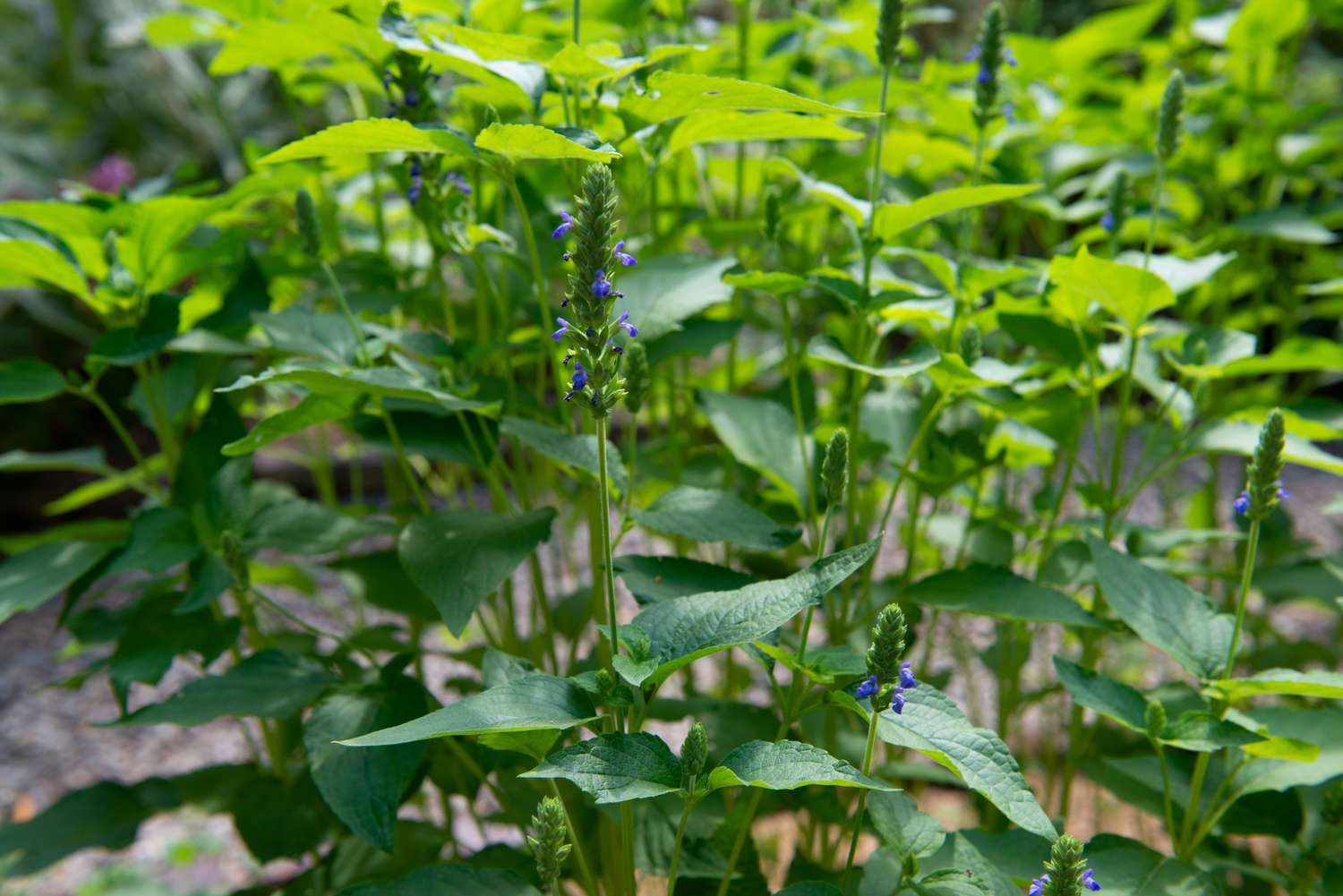
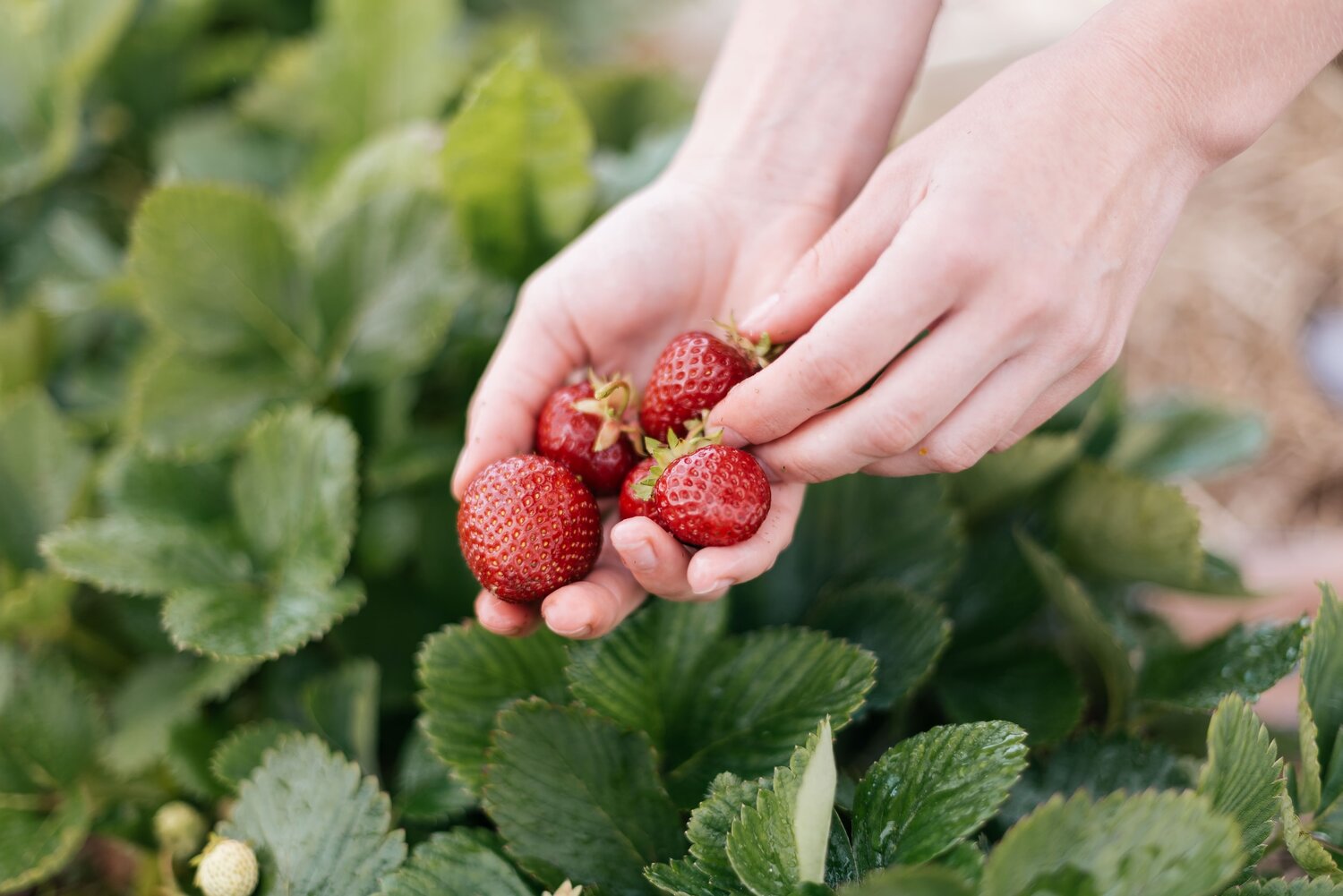
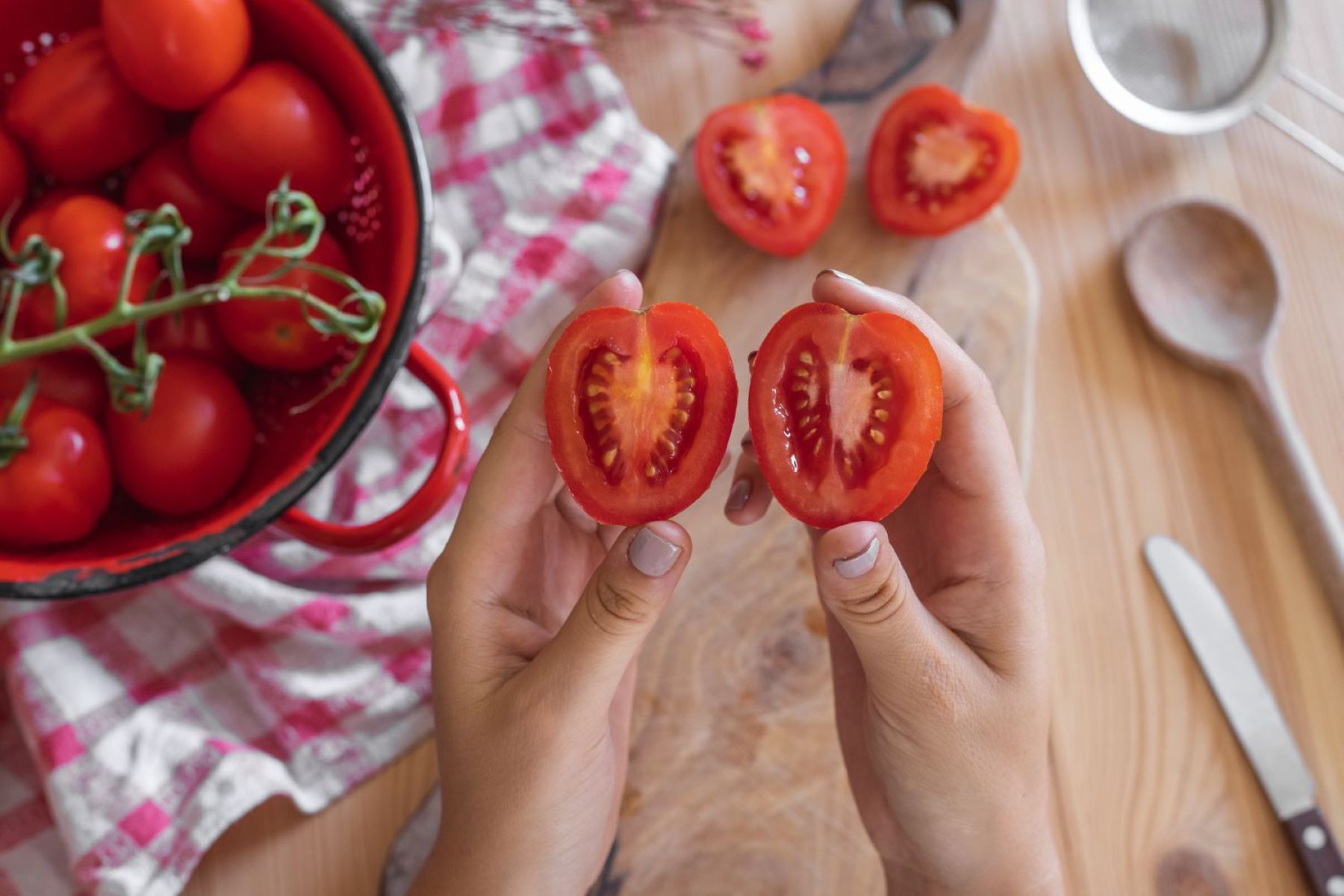
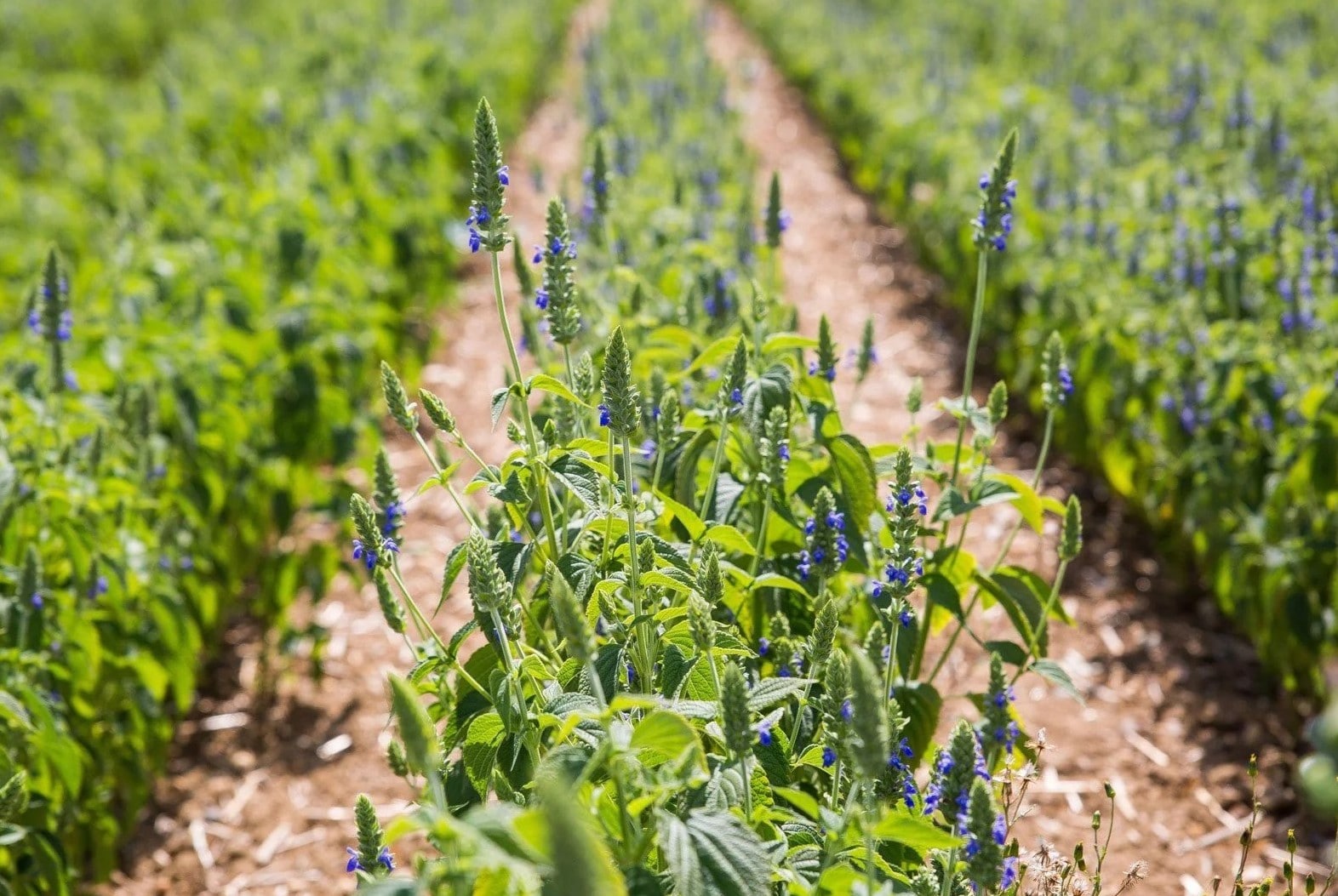
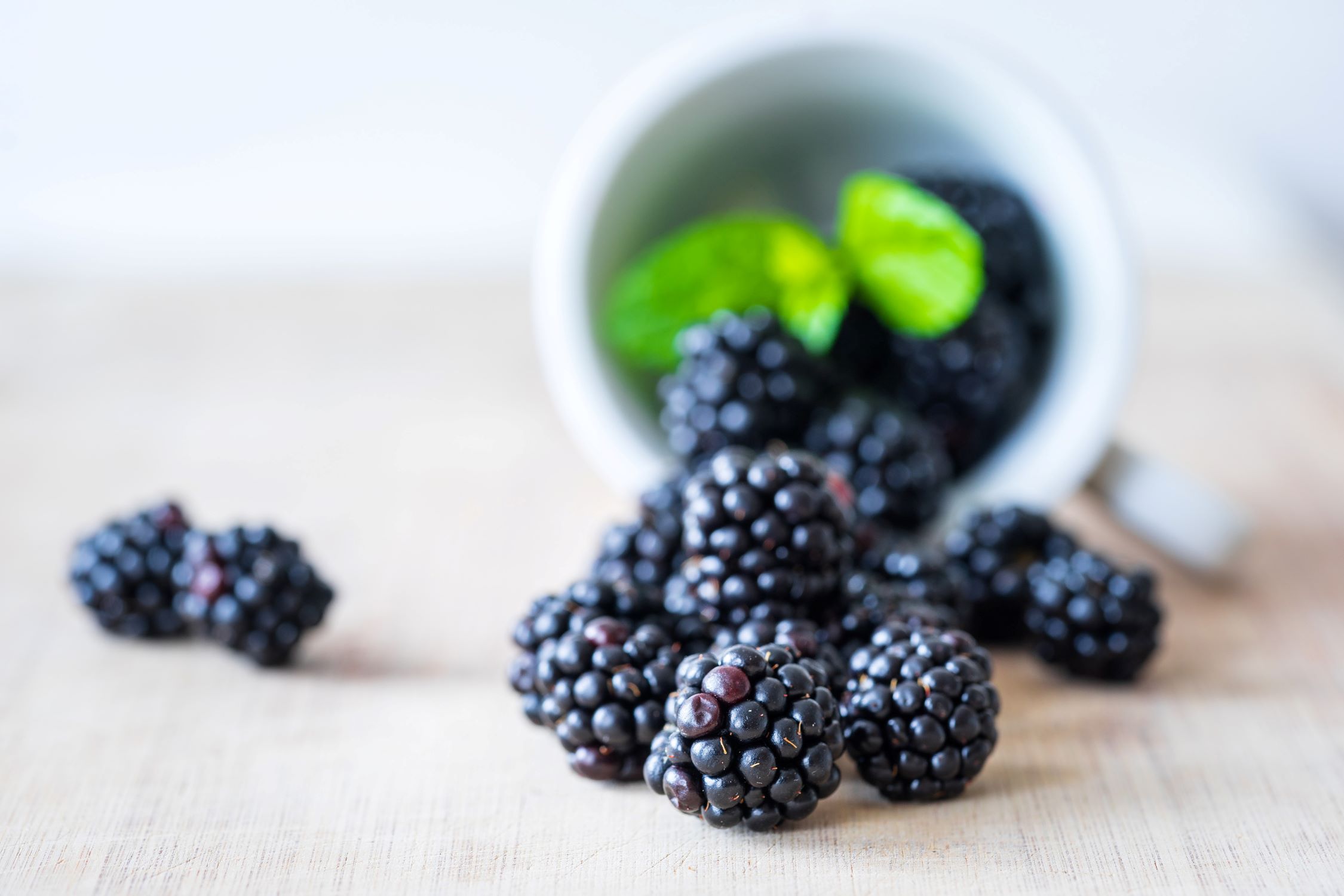
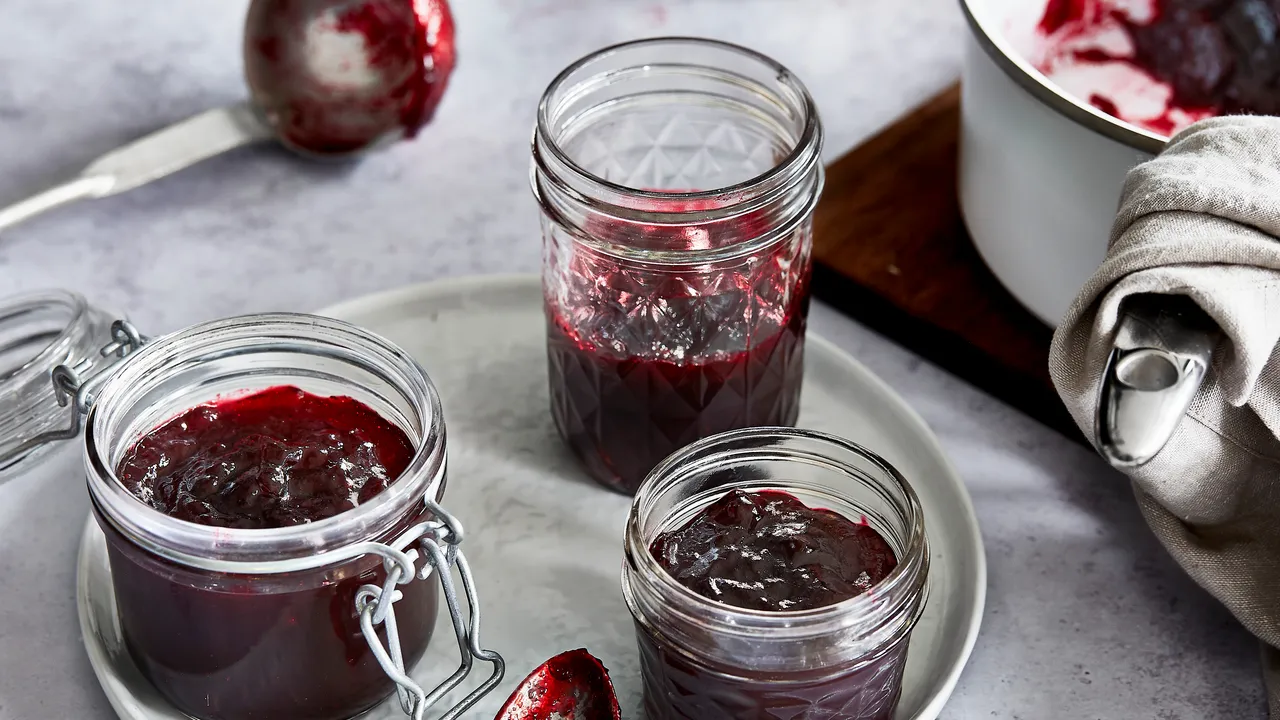
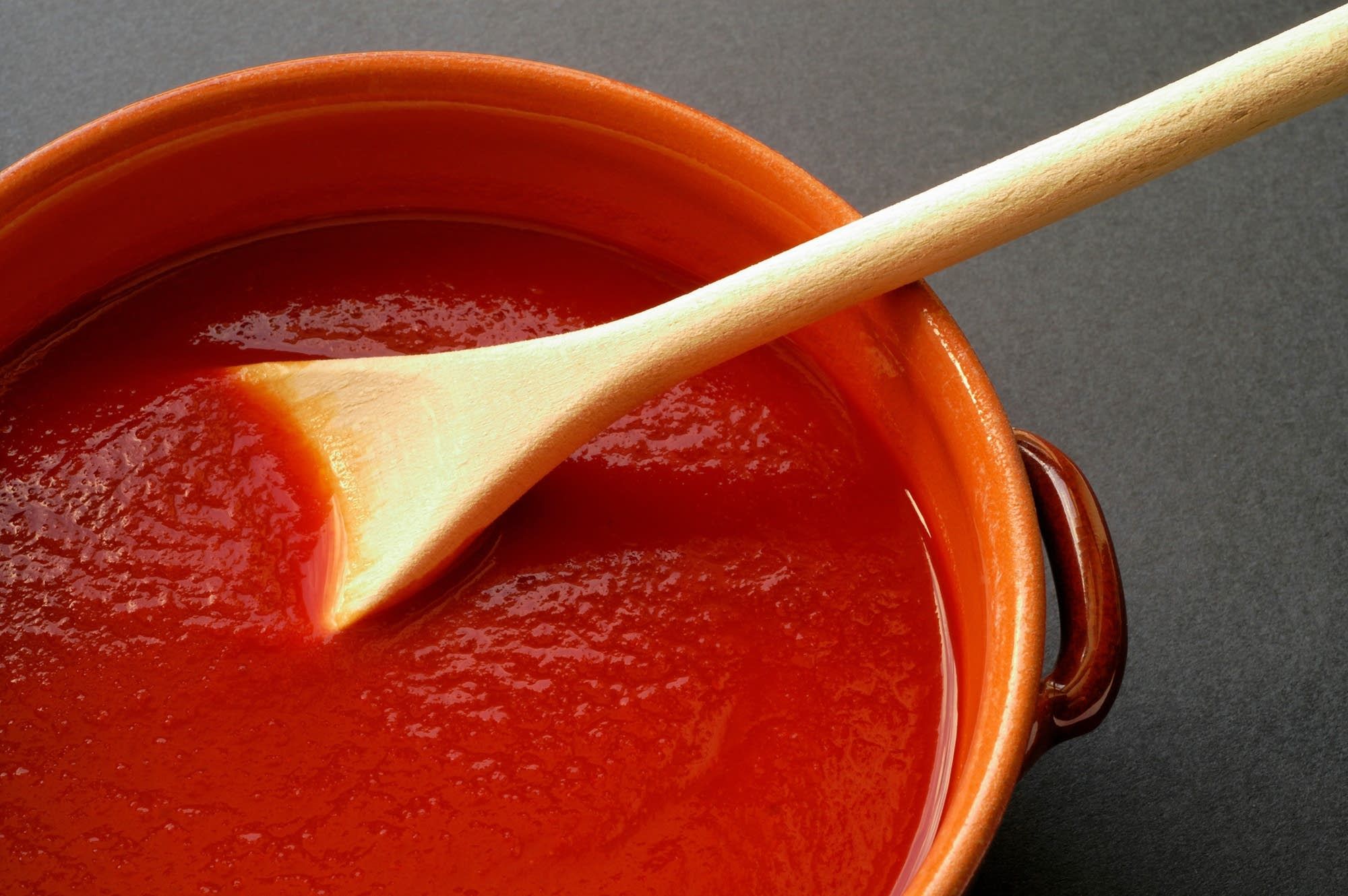
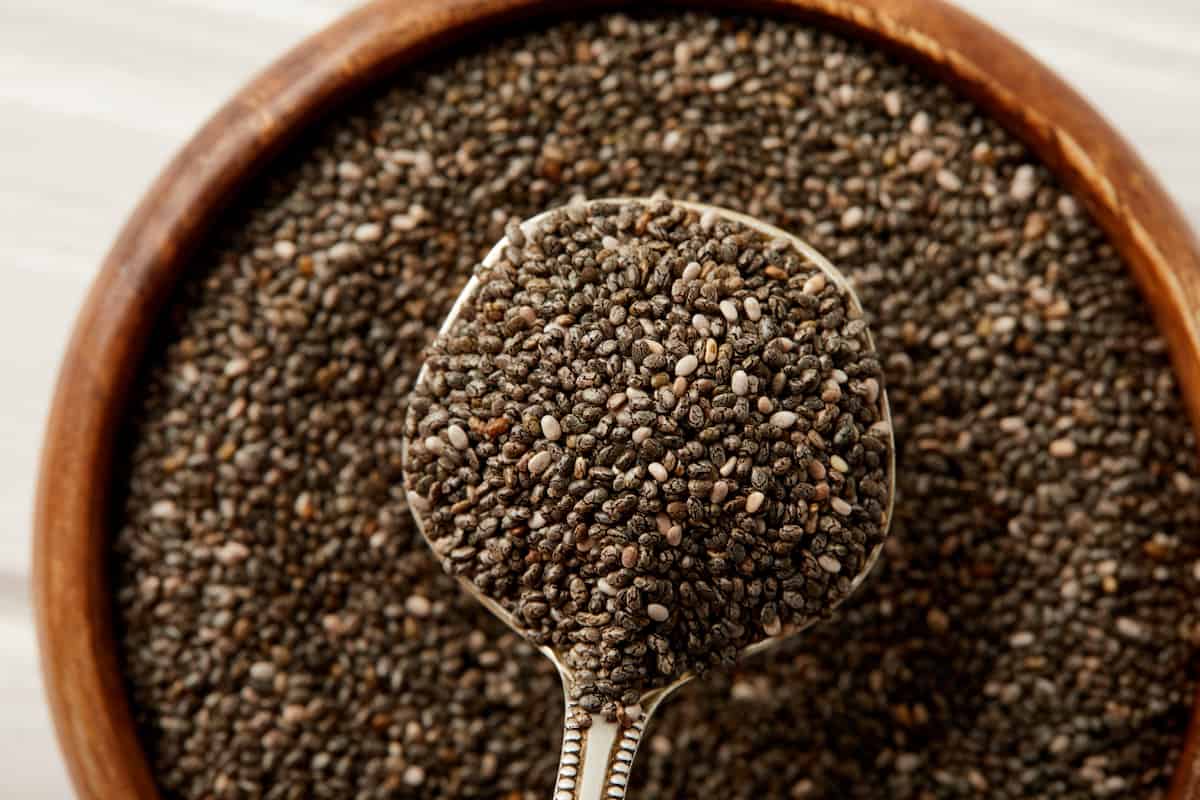
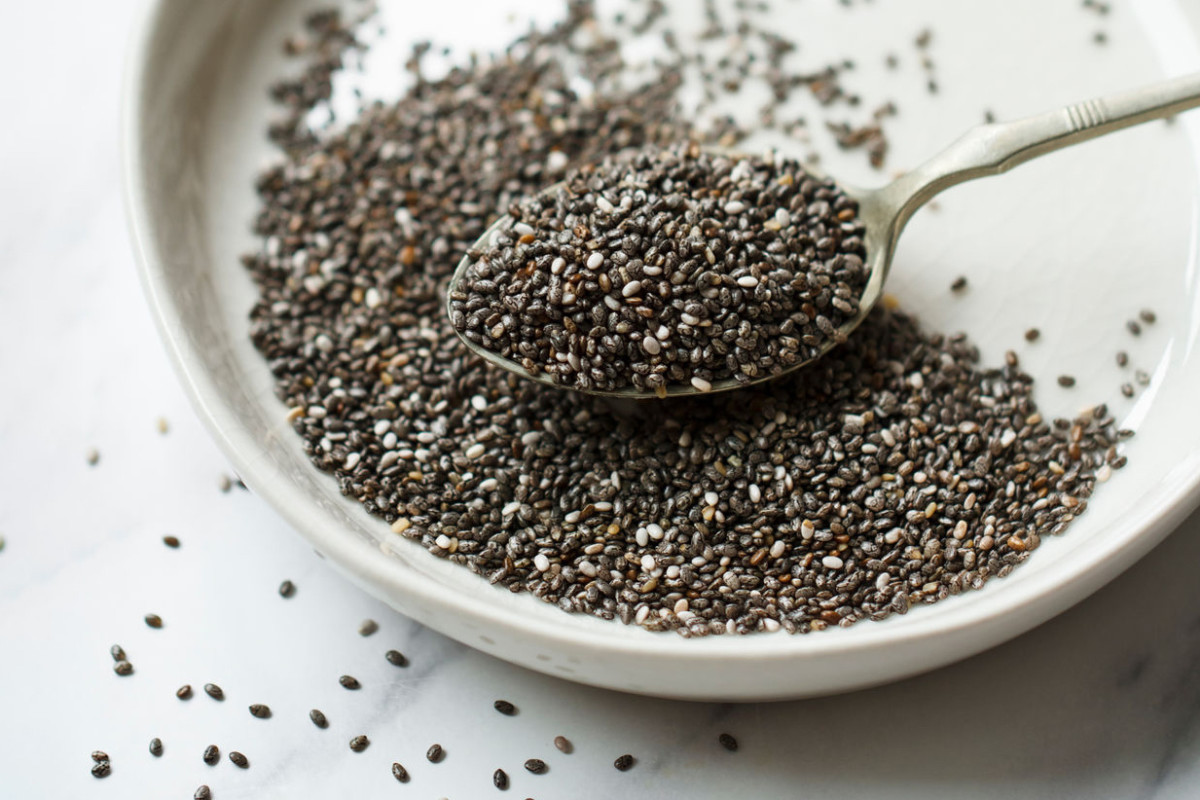
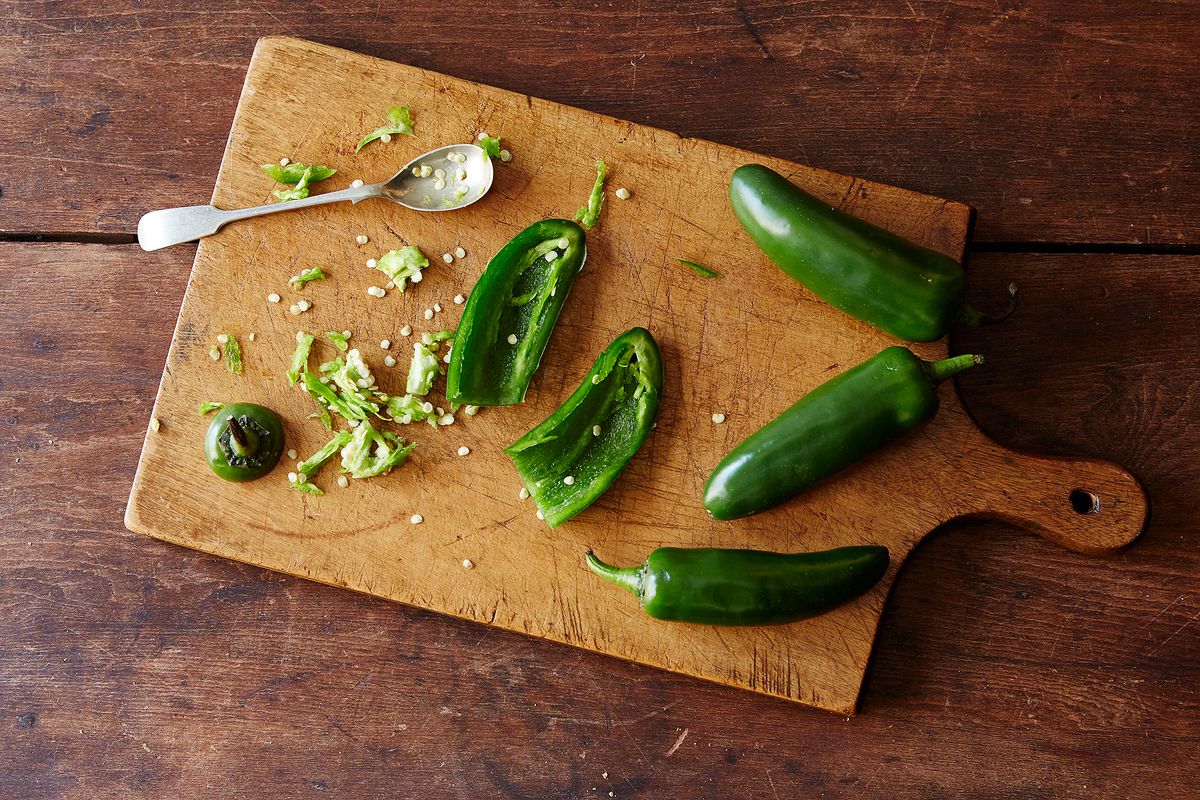
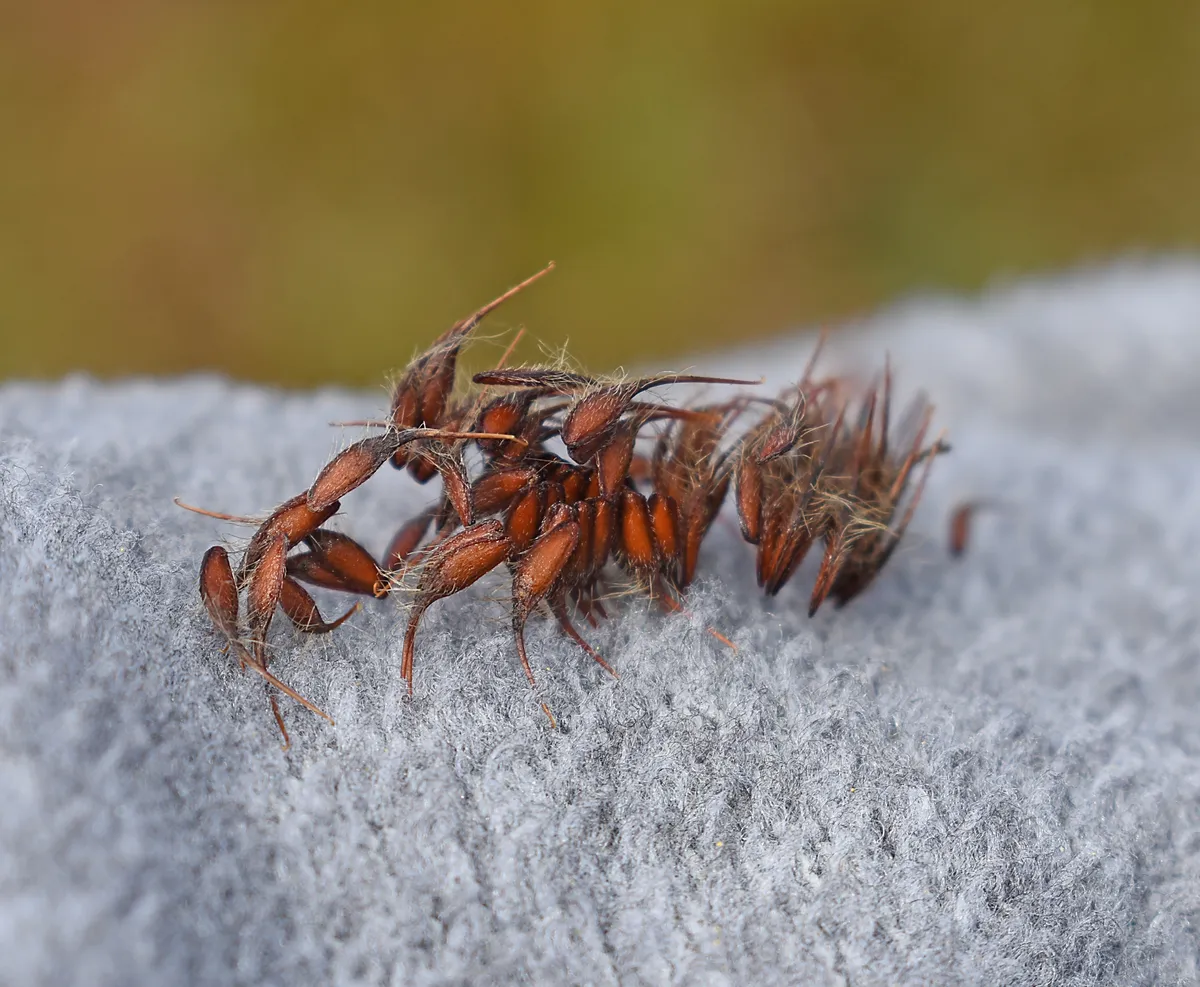
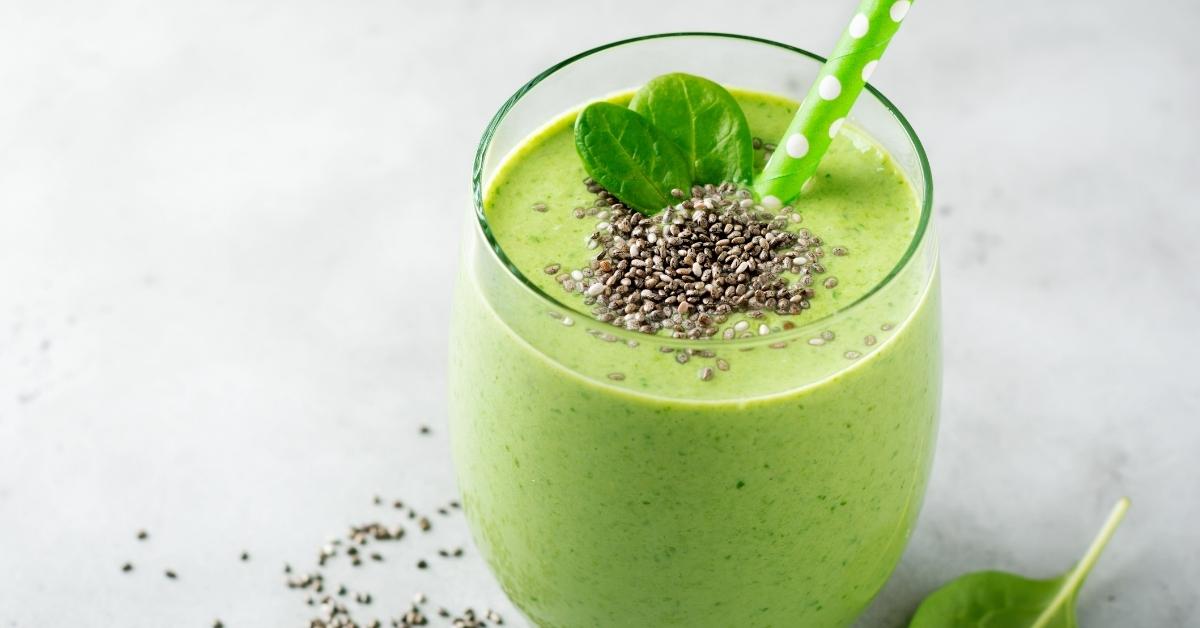
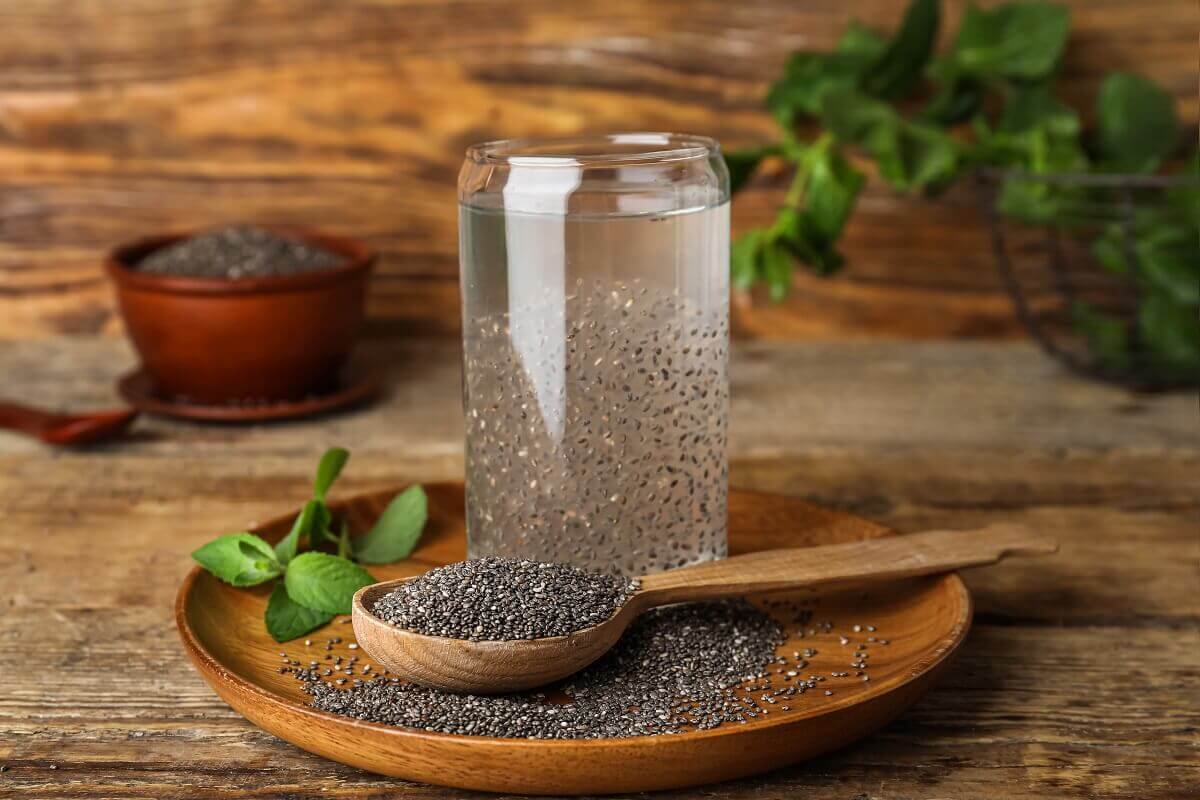

0 thoughts on “How To Remove Lectins From Chia Seeds”